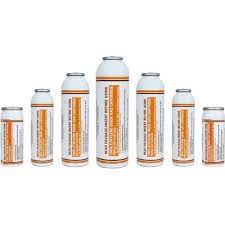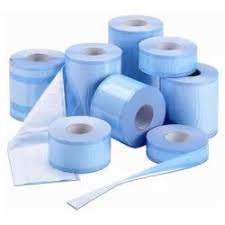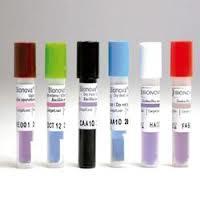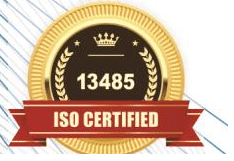Overall, chemical indicators play an important role in various fields by providing a visual or measurable indication of certain conditions or substances, which can aid in the diagnosis, monitoring, and control of various processes. The specifications of a chemical indicator will depend on its intended use and the specific condition or substance it is designed to detect.
Specifications:
- Sensitivity: The chemical indicator should be sensitive enough to detect the desired condition or substance accurately and reliably.
- Specificity: The chemical indicator should only react to the desired condition or substance and not be affected by other factors.
- Stability: The chemical indicator should be stable under the conditions it will be used in and not degrade or change over time.
- Response time: The chemical indicator should respond quickly to changes in the condition or substance it is designed to detect.
- Range: The chemical indicator should have a defined range of detection and be able to detect the desired condition or substance within that range.
- Accuracy and precision: The chemical indicator should be accurate and precise in its measurements, providing consistent and reliable results.
- Safety: The chemical indicator should be safe to use, handle, and dispose of, and should not pose a risk to human health or the environment.
These specifications will vary depending on the application of the chemical indicator, and manufacturers will typically provide specific information on the performance and recommended use of their products.



















Reviews
There are no reviews yet.